The Beginnings of Chai Tea: Background and History
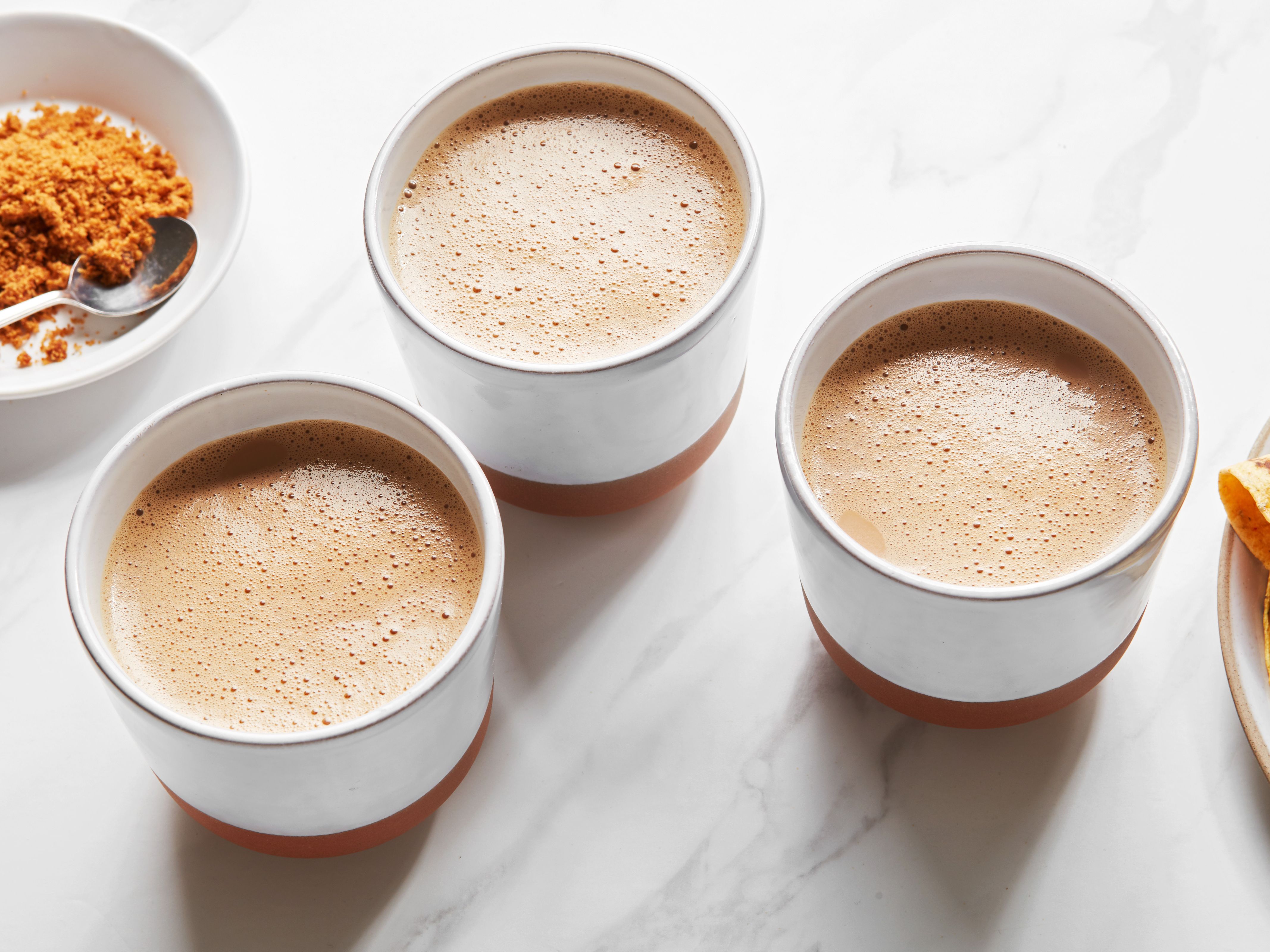
A popular beverage steeped in history, chai tea has particular importance in cultures all around, especially India. Thought to have started in India’s old royal courts, chai’s origins stretch over a millennium. The term “chai” alone just means “tea” in Hindi; the particular combination of spices and milk is what distinguishes it.
Chai has long been a therapeutic cure as well as a beverage. Ancient Ayurvedic books noted the usage of tea and spices for their health advantages, therefore fostering digestion, vitality, and general wellness. It’s amazing to see how what started as a basic spice infusion has become a worldwide sensation embracing several changes along the road.
With British officials and soldiers developing a liking for chai, the British colonial era helped to popularize this spiced beverage outside of its borders. It so started to take many different shapes and finally became a mainstay in homes all around.
Components Applied in Traditional Chai
Chai is traditionally made with a wonderful mix of tastes obtained from a small number of key components. The following are the main ingredients usually present in this aromatic drink:
- Black tea serves as the foundation for most classic chai combinations. Chai’s strong taste and caffeine count provide it stimulating effects.
- Spices are the true magic of chai. Usually included are:
- Cinnamon brings sweetness and warmth.
- Ginger is well-known for its spicy kick and digestive aid.
- Cardamom has a fragrant, somewhat sweet taste.
- Cloves – Offer a rich, warm essence.
- Black pepper sharpens tastes and adds a faint spiciness.
- Milk: Traditionally, adding milk—which balances the spices—makes chai creamy and rich, therefore harmonizing the flavors.
- Sweeteners—sugar, honey, or jaggery—lend their sweetening power to the drink, depending on taste.
Through the boiling and steeping process, these components join together to create a delicious cup of chai that not only tastes great but also provides comfort. Not only will it satisfy the taste receptors. For many, it’s a personal ritual—a warm hug on a cold morning or a consoling custom carried on with friends and family. Chai’s core and appeal are ageless, tying people across centuries and cultures even as it changes.
Chai Tea’s Caffeine Content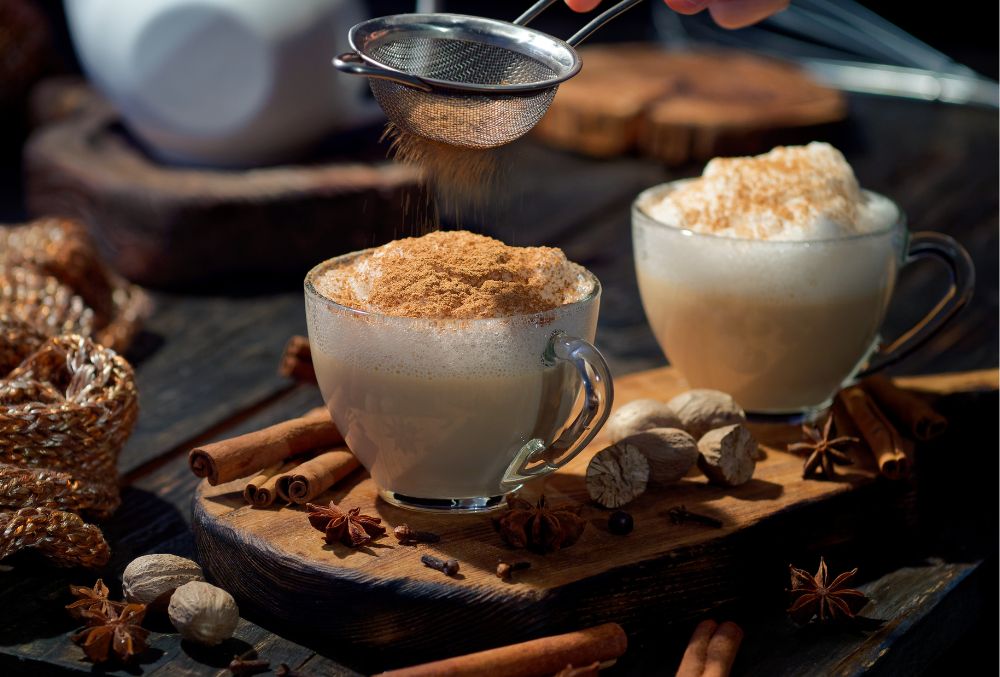
Appreciating Caffeine Levels in Tea
One of the most sought-after substances in our everyday drinks, caffeine is well-known for increasing energy and sharpening focus. Regarding tea, the caffeine level can vary greatly based on numerous elements like the type of tea leaves used and the preparation technique. Chai tea makes this relationship very interesting.
Black tea has long been used to make chai tea; usually, one 8-ounce cup has from 40 to 70 mg of caffeine. Generally speaking, coffee has about 95 milligrams in the same serving size, hence this quantity is far lower than that seen there. Chai drinkers can enjoy a modest lift without feeling the jitters some coffee drinkers could get from this mild caffeine level.
Chai tea is a great choice for people who want some stimulation without too strong energy spikes since it provides a more mild caffeine sensation.
Factors Influencing Chai Tea Caffeine Levels
Chai tea’s caffeine level is not set; rather, various elements might affect the actual amount you are consuming. Here are some salient features to give thought:
- Type of Black Tea: Caffeine content varies throughout black tea kinds. Assam tea, for instance, usually boasts more caffeine than Darjeeling tea. Your chai’s total caffeine will be much affected by the tea you use.
- Steeping Time: The length of time you steep the tea leaves counts. A longer steep might grab more caffeine. For a balanced taste and caffeine level, try steeping chai for three to five minutes.
- Tea to Water Ratio: Also very important is the ratio of tea leaves you employ to water. A stronger brew results from increasing the tea leaf count while cutting water.
- Method of Preparement: While this varies with different kinds and quantities of milk, preparing chai with milk can somewhat lower caffeine levels. Increasing the milk content will help the caffeine’s effects to be lessened and provide a smooth drink.
- Additives: The apparent strength of chai can also be affected by any other sweets or spices. For instance, a tea prepared with cardamom and ginger keeps its aromatic character and calms the consumer.
Knowing these factors enables chai enthusiasts customize their experience and control their caffeine intake in line with their tastes and way of life. Therefore, the customizability of this beverage is part of its appeal whether one likes a strong cup of chai or a sweeter, gentler kind!
Chai Tea Alternatives with Decaffeinated Notes
Decaf Chai Blends: Synopsis
Decaffeinated chai tea blends provide a great substitute without compromising taste for those who enjoy chai but are sensitive to caffeine or just trying to cut back on intake. It sounds great to be savoring a nice, spicy cup of chai free from jitters.
Usually, decaf chai bases on black tea that has been decaffeinated. This helps you to keep caffeine levels low while still enjoying the strong tastes and aromatic spices of chai. Although conventional chai has between 40 and 70 milligrams of caffeine per 8-ounce cup, depending on the brand and preparation technique, decaf versions typically have only 2 to 5 mg.
Many tea firms have created special combinations using a range of spices to guarantee the finished cup stays faithful to its traditional origins. Some well-liked options consist:
- A warming chai experience, masala decaf chai combines traditional spices including cardamom, ginger, and cinnamon.
- Combining rooibos, a naturally caffeine-free herbal tea, with classic chai spices creates a sweet and fiery brew.
- Combining decaffeinated green tea with spices for a lighter taste profile, Spiced Decaf Green Chai appeals to those who seek a variation on the traditional.
These decaf selections offer not just a great drink but also significant health advantages. Decaf chai blends, like those of their caffeinated counterparts, combine antioxidants and anti-inflammatory qualities from the spices utilized.
The Working Mechanism of Decaffeination
The decaffeinating technique preserves the rich tastes we enjoy in chai tea by pretty interesting means. Although manufacturers may differ somewhat, most often used techniques follow these steps:
- Tea leaves are heated to open their pores, therefore facilitating the extraction of caffeine.
- Once opened, the leaves are preserved taste components while being bound to the caffeine and extracted using a solvent.
- Another approach soaks the leaves in hot water, therefore extracting caffeine together with some flavor.
- Since this method does not require chemicals, it can result in a more harmonic taste.
- Under great pressure, this process uses carbon dioxide to extract caffeine from the leaves.
- This method better protects the vital oils in the tea and is more ecologically friendly, therefore enhancing the flavor.
The objective is still to produce a decaffeinated tea that preserves the sophisticated tastes and smells of classic chai regardless of the method utilized. This makes a good fit for your evening relaxation schedule since you can enjoy a calming cup at any point of day.
Chai Tea’s Health Advantages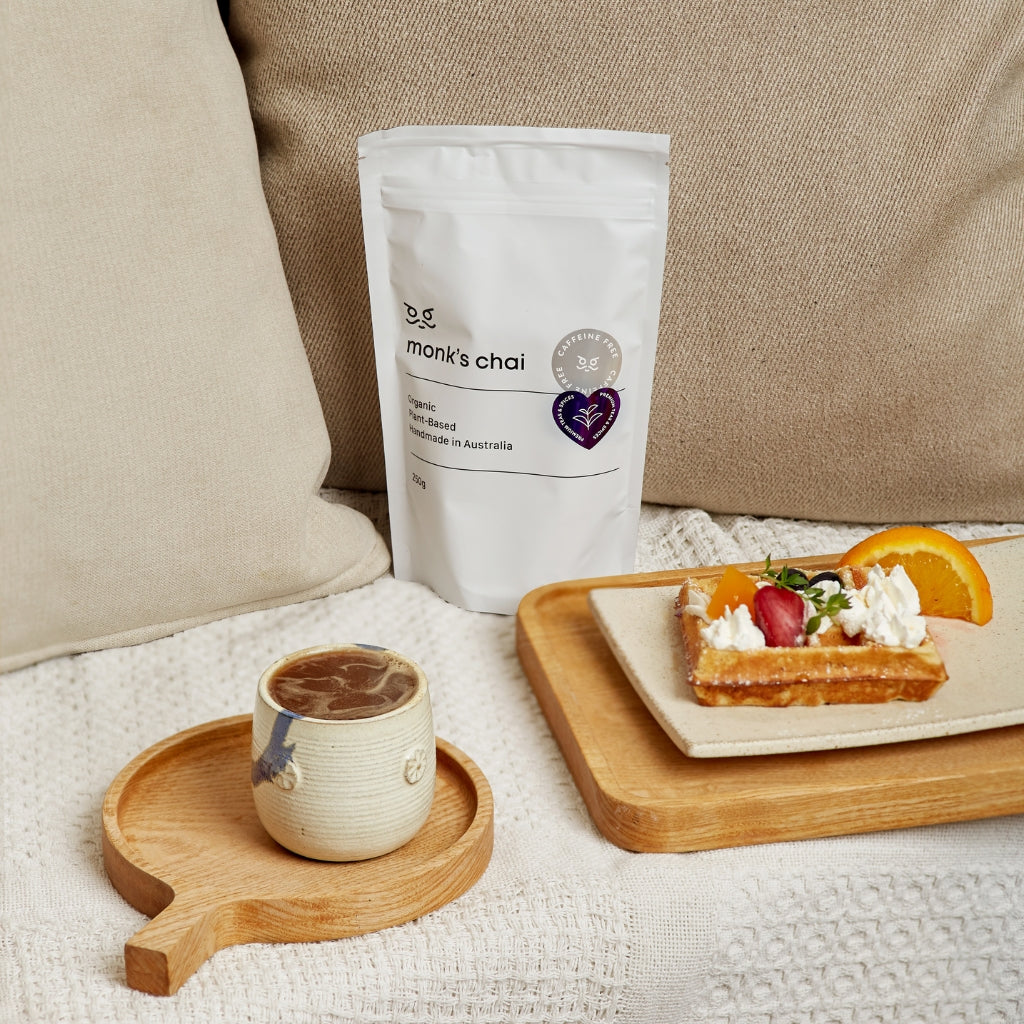
Antioxidant Characteristics
Chai tea stands out for its rather high antioxidant value. Maintaining general health depends on antioxidants since they fight free radicals—unstable chemicals capable of damaging cells and aggravating chronic disorders. Black tea, rich in polyphenols, a class of antioxidants, is used mostly in making chai tea. These substances could offer a spectrum of benefits, including:
- Lowering bodywide inflammation.
- Boosting blood vessel performance helps support heart health.
- Maybe reducing the risk of chronic illnesses including cancer and diabetes.
Studies have indicated that savoring chai can greatly increase your daily antioxidant intake, thus it is not only a delicious treat but also a wise decision for those who value their health. Actually, including a cup or two of chai into your daily schedule can be a great approach to increase your antioxidant intake!
Chai Spice Potential Health Effects
Chai is about more than simply the tea; its health advantages come from the combination of fragrant spices. Every spice adds special qualities to the others. Typical spices present in chai are these ones, with possible health advantages:
- Cinnamon: Renowned for its capacity to increase insulin sensitivity and assist control blood sugar levels. It may possibly have anti-inflammatory effects and is loaded in antioxidants.
- Ginger: Renowned for its digestive qualities, ginger has anti-inflammatory properties as well as assist reduce nausea and stomach pain.
- Cardamom: A unique spice with proven antioxidant and anti-inflammatory properties as well as better digestive health linkability.
- Cloves: Excellent for general health, cloves are high in eugenol and can help ease dental pain and lower inflammation.
- Black pepper: Improves the absorption of other health-promoting substances and offers some heat that might boost metabolism and digestive action.
Including chai into your daily routine lets you savor the advantages of these amazing spices in a cozy drink. This makes chai tea a complete wellness tool as well as a delicious beverage. Therefore, a cup of chai could be the ideal friend for a better lifestyle whether you’re finishing your evening or starting your day!
Advice for Savouring Chai Tea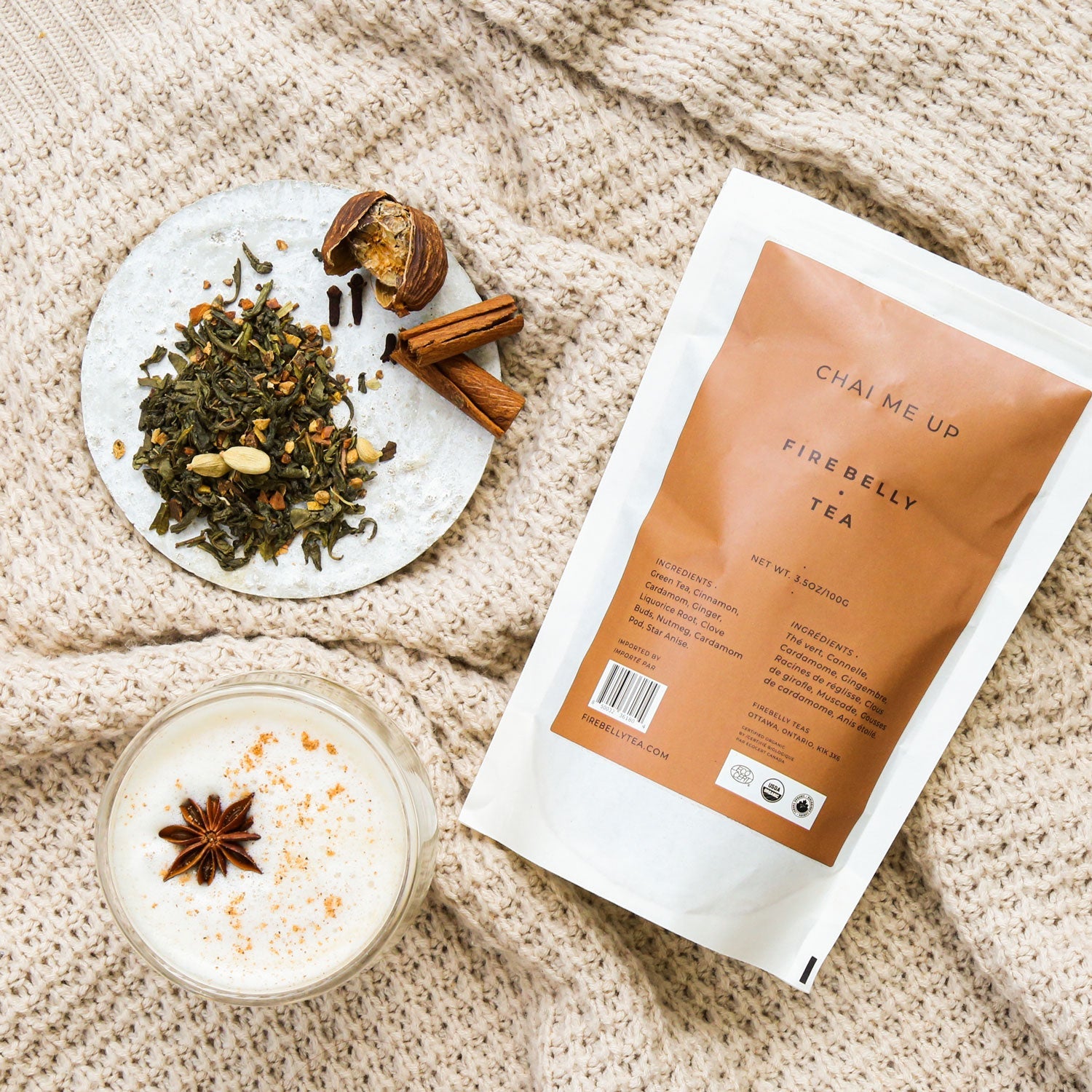
Perfect Cup Brewing
Good brewing is absolutely necessary if one is to really enjoy the strong tastes of chai tea. This is a basic guide to enable you to get a cup with ideal balance:
- Select premium black tea leaves, ideally loose leaf, first. Perfect choices for a strong taste are Assam or Darjeeling teas.
- Including whole spices like cardamom, cloves, and ginger will improve the taste sensation. The spices’ essential oils are released by gently crushing them, therefore giving your chai more complexity.
- For a real experience, simmer your tea and spices together in milk and water. Usually equal parts water to milk, you can vary according on your taste in texture.
- To get most flavor, simmer fresh, entire spices cooked with black tea for ten to fifteen minutes.
- Though traditional chai is not very sweet, feel free to add sugar, honey, or even jaggery to fit your taste.
- Eliminating the tea leaves and spices before serving guarantees a seamless drinking experience.
Variations and Enhancements in Serving
After you’ve honed your brewing technique, it’s time to investigate other chai tea serving presentations:
- To make a creamier Chai Latte, steam or froth the milk then stir it into your brewed tea. This produces a delicious chai latte ideal for home or café.
- Experiment with adding other spices to your chai, such cocoa powder for a hint of chocolatey richness or turmeric for a golden twist.
- On nicer days, chill your made tea and present it over ice. For a cool summer drink, toss in some vanilla or almond milk.
- Herbal Alternatives: Think about making rooibos chai if you want a coffee-free choice. It provides comparable tastes free from the caffeine impact.
- For special events, adding whipped cream on top with a sprinkling of cinnamon will make your chai even more decadent.
Trying out these brewing methods and serving variants will help you create not only great chai tea but also a flexible daily habit. Every cup offers an interesting trip for every chai enthusiast since it can stimulate fresh tastes and sensations

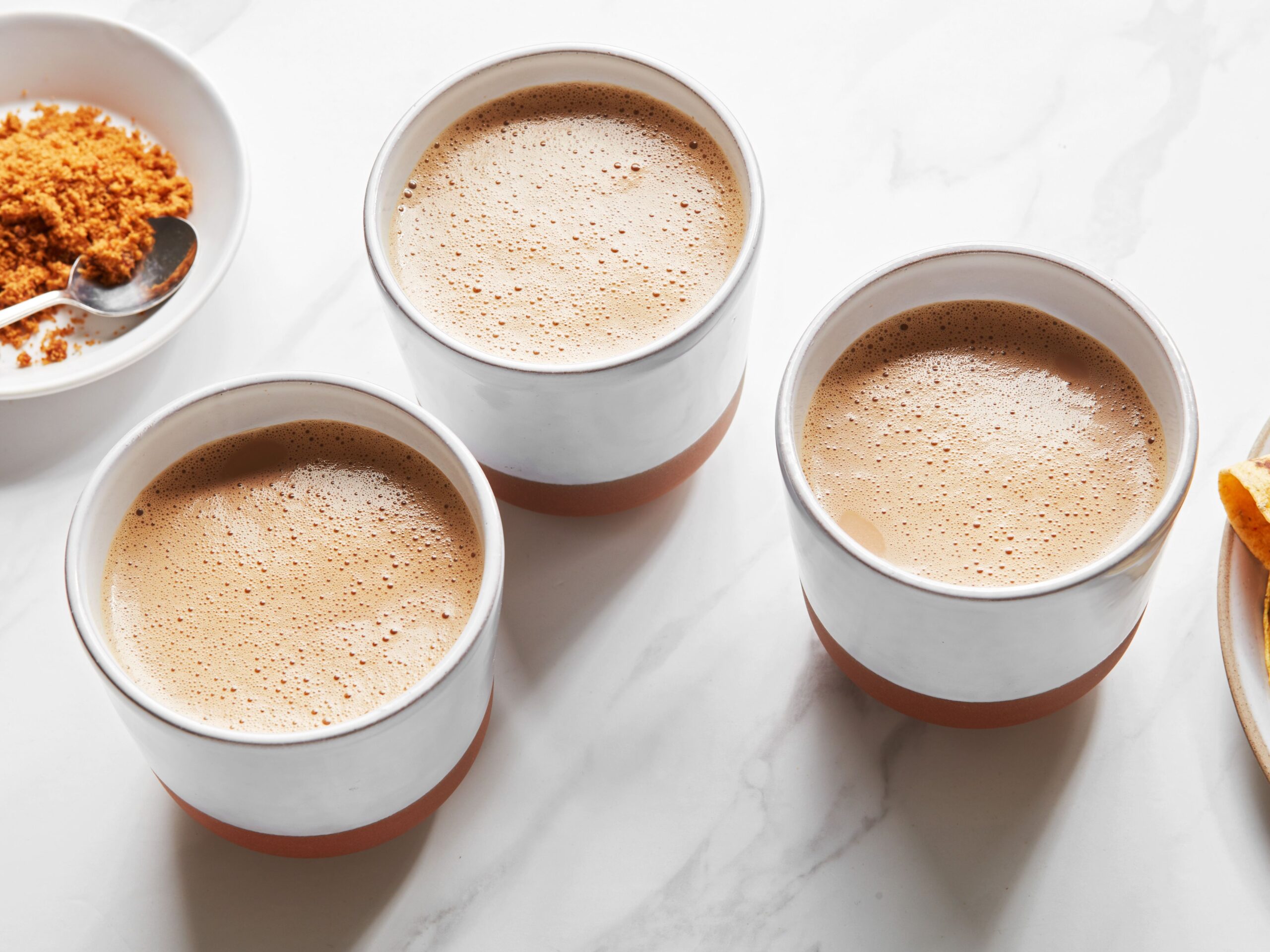
Leave a Reply